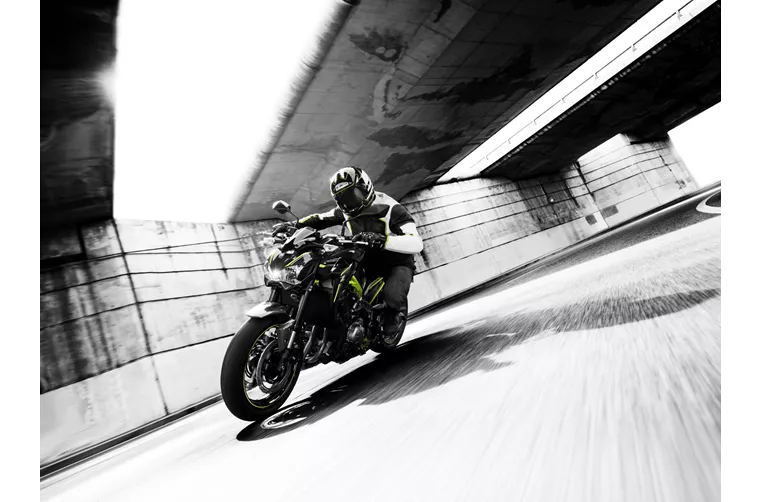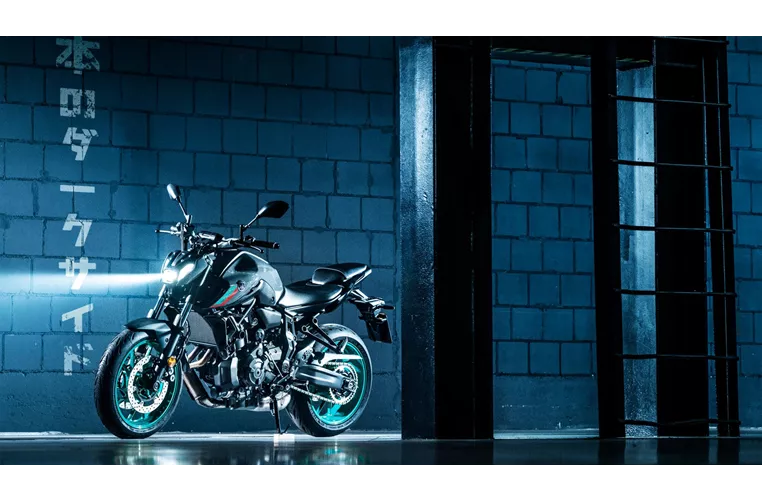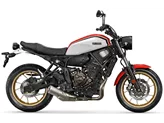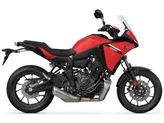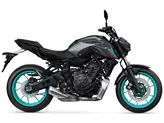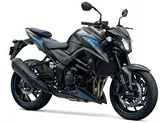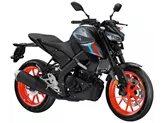Kawasaki Z900 2018 vs. Yamaha MT-07 2022

Kawasaki Z900 2018
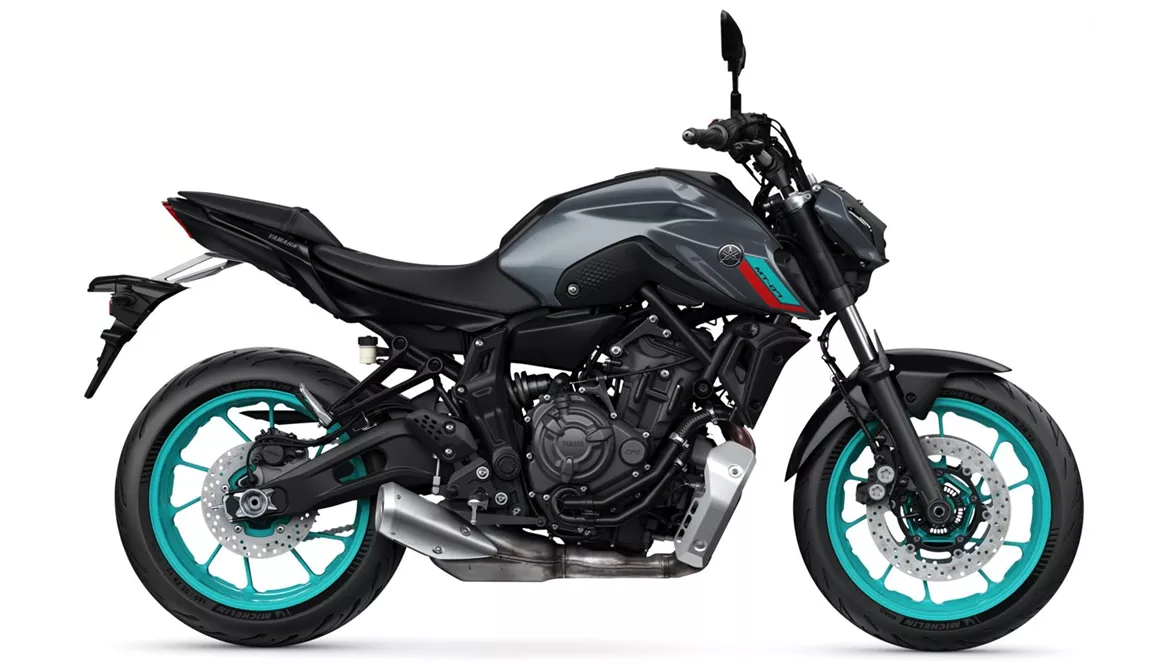
Yamaha MT-07 2022
Overview - Kawasaki Z900 2018 vs Yamaha MT-07 2022
The Kawasaki Z900 2018 and the Yamaha MT-07 2022 are both popular naked bikes that offer a thrilling riding experience. While they share some similarities in terms of engine type, fuel system, suspension, and braking system, there are also notable differences between the two models.
Starting with the engine specifications, the Kawasaki Z900 2018 is equipped with a 125.4 HP engine, providing a powerful and smooth performance on the road. On the other hand, the Yamaha MT-07 2022 has a slightly less powerful engine, generating 73.4 HP. However, it still offers a lively and powerful ride, making it suitable for riders who prefer a more manageable power output.
In terms of torque, the Kawasaki Z900 2018 boasts 98.6 Nm, while the Yamaha MT-07 2022 offers 67 Nm. This difference in torque can be felt during acceleration and overall performance, with the Z900 delivering a more aggressive and exhilarating ride.
Both bikes feature a liquid-cooled engine and utilize fuel injection systems, ensuring efficient and reliable performance. The Kawasaki Z900 2018 has four cylinders, while the Yamaha MT-07 2022 has two cylinders. This difference in cylinder configuration affects the overall power delivery and engine characteristics of the bikes.
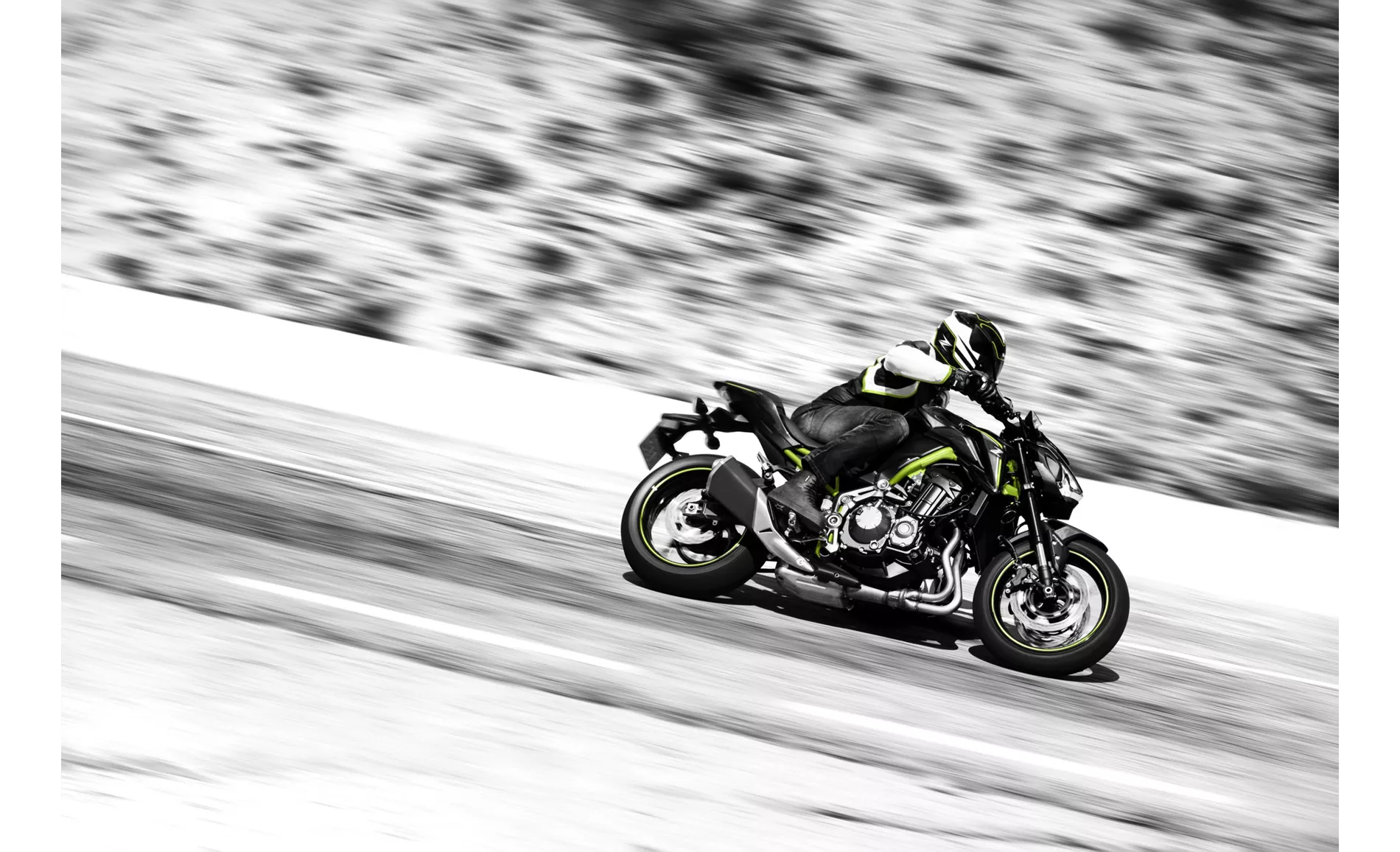
Kawasaki Z900 2018
Moving on to the suspension, both models feature a swing arm rear suspension with a monoshock absorber. However, the Kawasaki Z900 2018 is equipped with an upside-down telescopic fork front suspension, providing improved stability and handling. The Yamaha MT-07 2022, on the other hand, features a conventional telescopic fork front suspension. While both suspensions offer a comfortable ride, the Z900's upside-down fork provides better performance during aggressive riding.
In terms of chassis, both bikes utilize a steel frame, ensuring a sturdy and reliable structure. This contributes to the overall stability and handling of the motorcycles, allowing riders to confidently navigate various road conditions.
When it comes to braking systems, both the Kawasaki Z900 2018 and the Yamaha MT-07 2022 feature double disk front brakes with ABS. This ensures optimal braking performance and enhances safety during sudden stops or emergency situations.
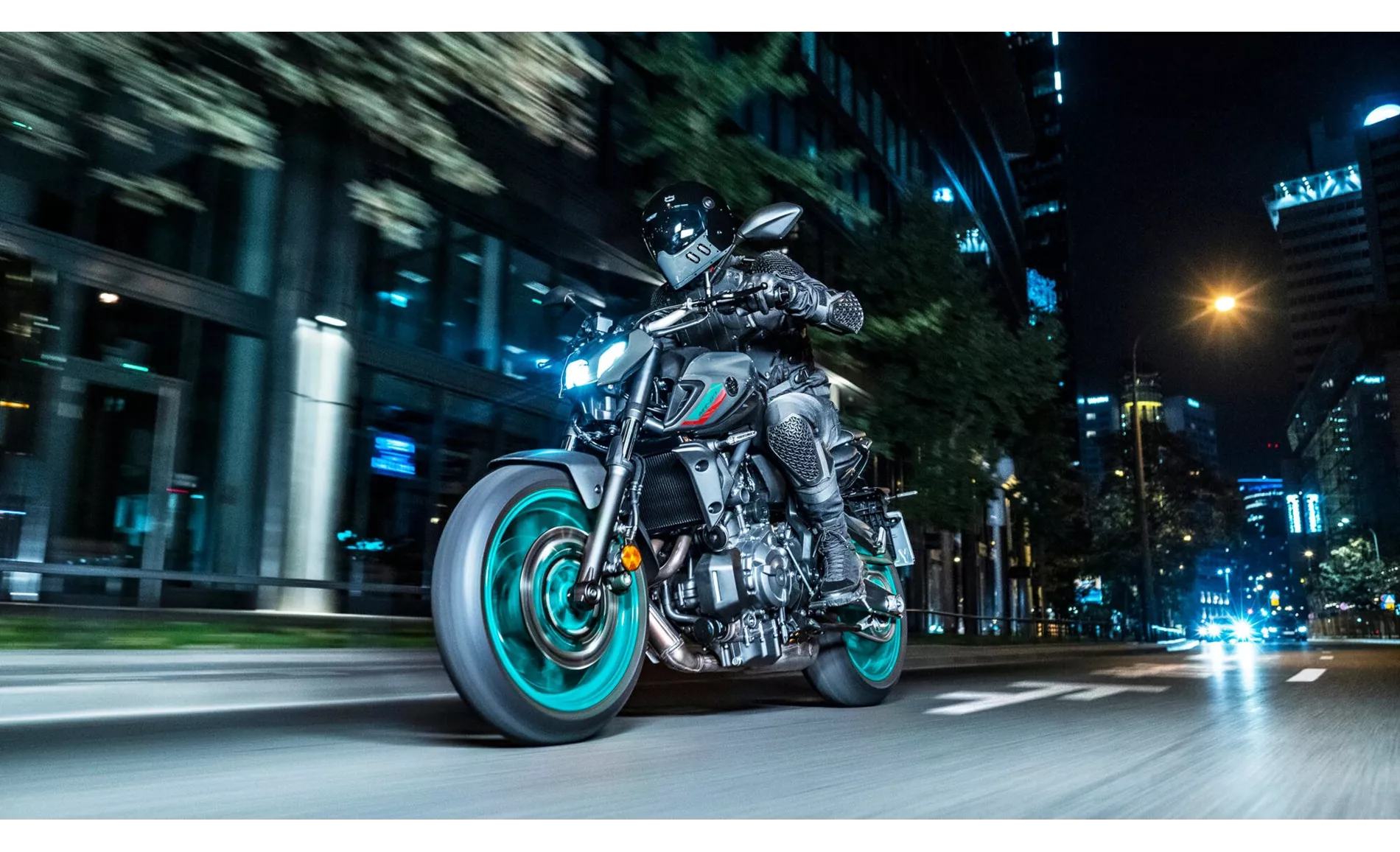
Yamaha MT-07 2022
In terms of dimensions and weights, the Kawasaki Z900 2018 has a slightly longer wheelbase of 1450 mm compared to the Yamaha MT-07 2022's 1400 mm. This difference affects the overall stability and maneuverability of the bikes. The seat height of the Z900 is 795 mm, while the MT-07 offers a slightly higher seat height of 805 mm. The Z900 also has a higher kerb weight of 210 kg compared to the MT-07's 184 kg.
Now let's discuss the strengths and weaknesses of each model. The Kawasaki Z900 2018 stands out with its powerful and silky engine, producing a great sound. Its sharp and sporty look, combined with a low seating position, adds to its appeal. The Z900 also offers easy handling and maneuverability, making it suitable for riders of all skill levels. However, it lacks traction control, which may be a drawback for some riders. Additionally, tall riders may find the knee angle strenuous during long rides.
On the other hand, the Yamaha MT-07 2022 impresses with its lively and powerful engine, accompanied by a good sound. The comfortable seating position enhances the overall riding experience, while the braking system provides reliable stopping power. The instruments on the MT-07 are easy to read, ensuring clear visibility while riding. However, the chassis is not adjustable, limiting customization options for riders. Furthermore, the absence of a TFT display may be a downside for those seeking advanced digital features.
In conclusion, both the Kawasaki Z900 2018 and the Yamaha MT-07 2022 offer unique features and strengths that cater to different rider preferences. The Z900 excels in terms of power, sound, and sporty aesthetics, while the MT-07 focuses on a lively engine, comfortable riding position, and user-friendly instruments. Ultimately, the choice between these two models depends on individual riding style, preferences, and priorities.
Technical Specifications Kawasaki Z900 2018 compared to Yamaha MT-07 2022
Pros and Cons in comparison
Pros and Cons in comparison
Kawasaki Z900 2018
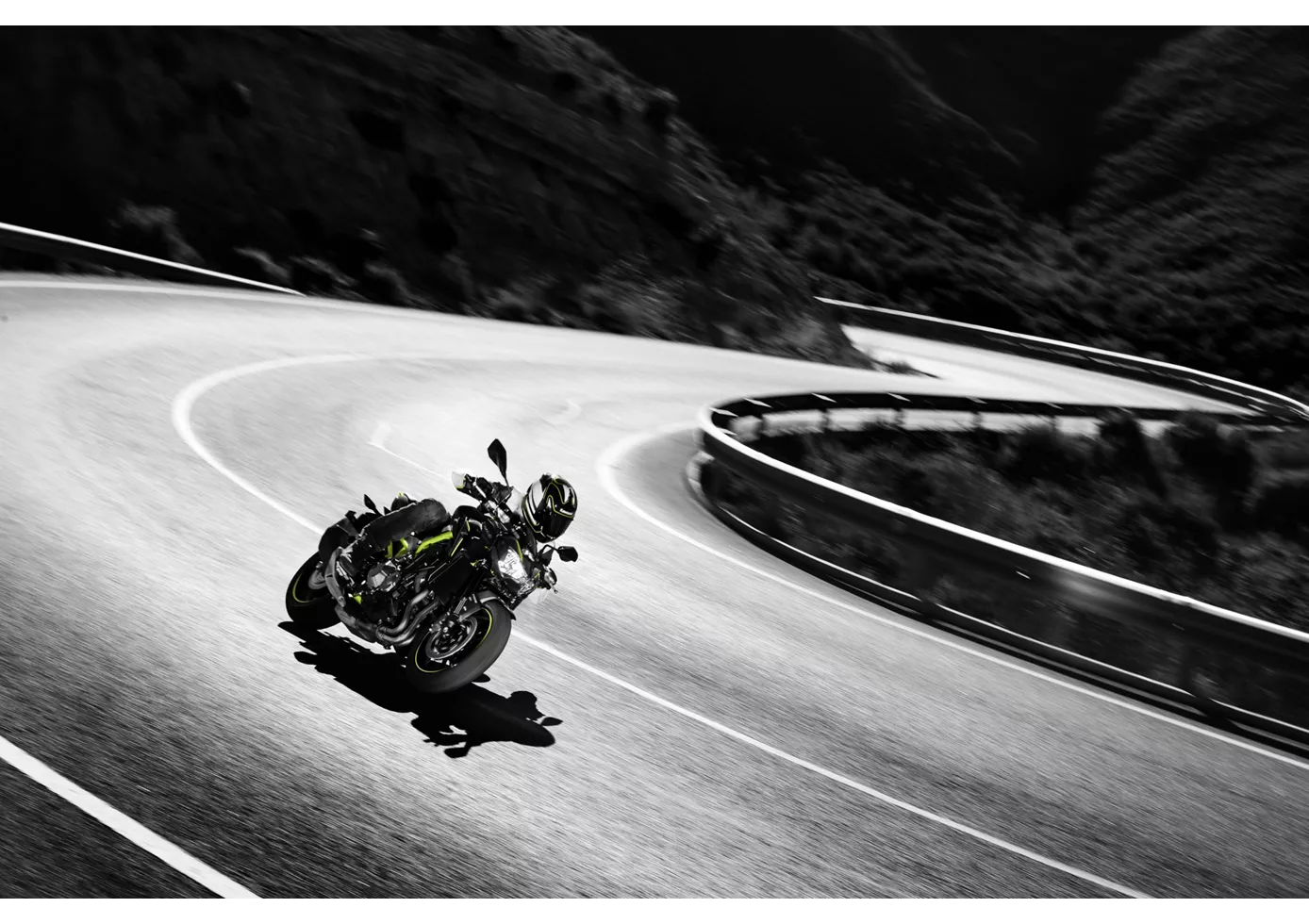
In the hotly contested naked bike segment, the Z900 plays right at the front. Above all, its engine is absolutely terrific, runs incredibly silky and offers rich power in all rev regions - as befits a Japanese four-cylinder. Its sporty, aggressive appearance matches this. It does without electronic bells and whistles, but still conveys a lot of confidence when chasing corners, braking and accelerating out of them. The low seat is especially beneficial for smaller riders, but taller riders might miss a flatter knee angle on long distances. The low weight and compactness make the Z900 particularly agile and easy to handle. A sporting cannon that is also extremely appealing in terms of price
Yamaha MT-07 2022
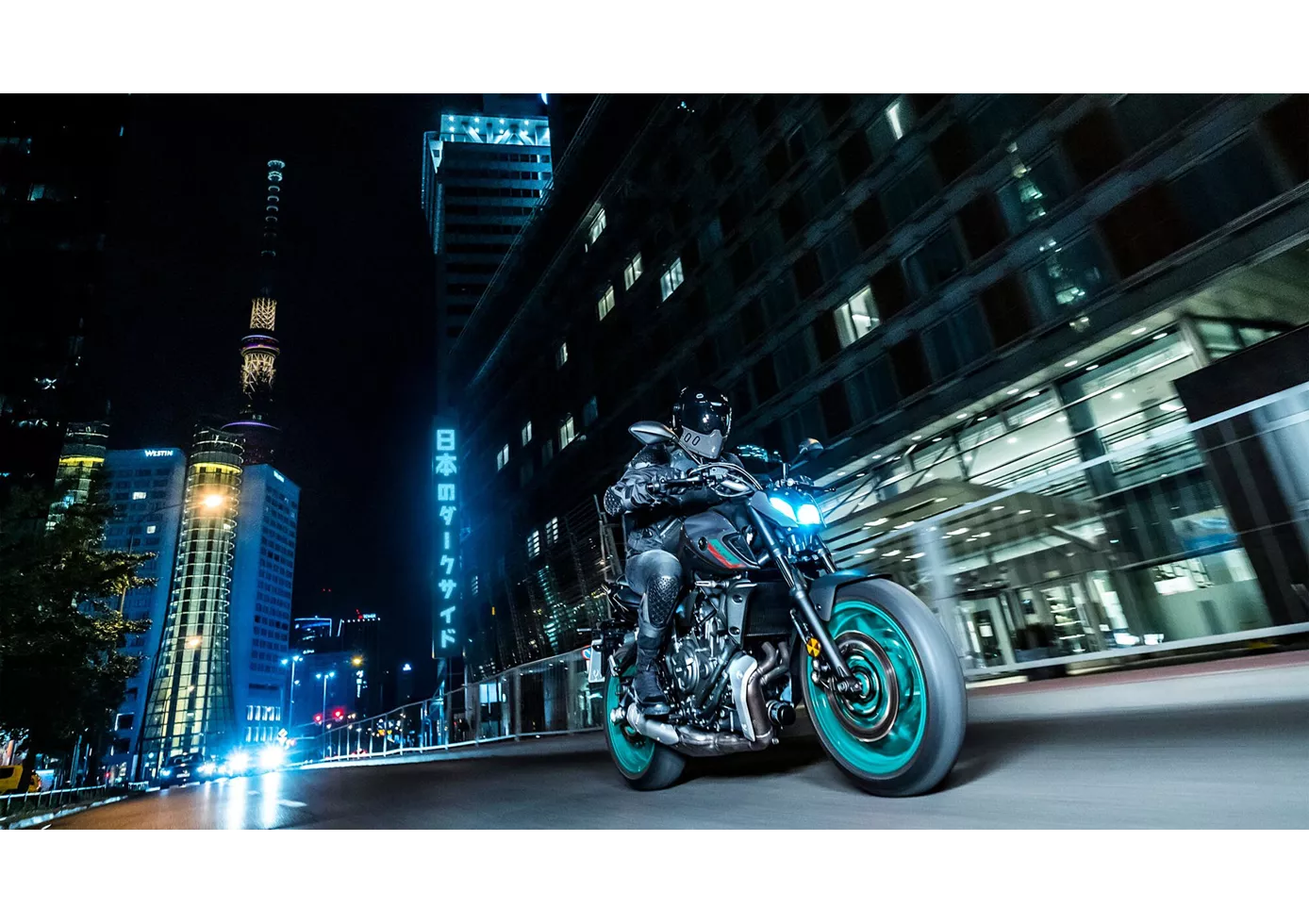
Hardly any other motorbike in the so-called entry-level class is as much fun as the Yamaha MT-07. Even the version that is throttled down to 48 hp can keep up with the full version for longer than you would expect due to its comparatively large displacement. The remaining components also do well, both the brakes and the suspension don't want to scare anyone with too much harshness, but don't immediately reach the limit even with sportier riders. The look is now more coherent, the minimalist LED headlight fits in perfectly with the angular look.
Price Comparison Avarage Market Price Kawasaki Z900 vs Yamaha MT-07
There are a few key differences between a Kawasaki Z900 2018 and a Yamaha MT-07 2022. In terms of price, the actual average price of a Kawasaki Z900 2018 is about 21% higher. Compared to Yamaha MT-07 2022 there are more Kawasaki Z900 2018 bikes available on the 1000PS.de Marketplace, specifically 55 compared to 52. It takes less time to sell a Yamaha MT-07 with 109 days compared to 112 days for the Kawasaki Z900. Since model year 2017 1000PS.de editors have written 46 reviews for the Kawasaki Z900 and 69 reviews for the Yamaha MT-07 since model year 2013. The first review for the Kawasaki Z900 was published on 11/11/2016 and now has more than 93,200 views. This compares to more than 12,600 views for the first review on Yamaha MT-07 published on 04/11/2013.
